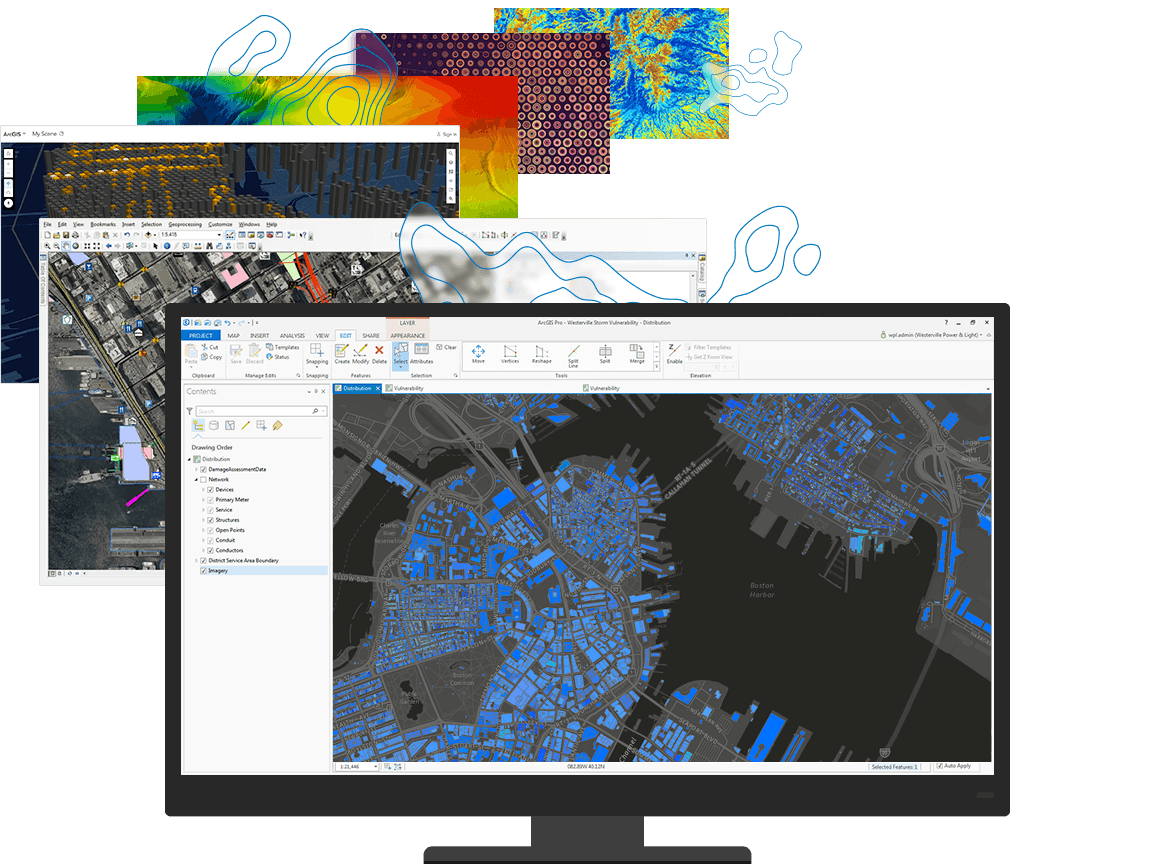
If your hardware allows, use your internal storage to host your Windows OS for better performance.
Here is a quick video on installing Windows 11 Education on Parallels using an external SSD. Assign at least 2 virtual CPUs to the machine. Disable the Auto graphics switching option in the Mac system settings and Parallels. Run the Mojave operating system or later.  Recommended settings for Parallels to run ArcGIS Pro. A perpetual license and a monthly subscription option are available from Parallels. Easy on the installation and future maintenance. Parallels let you run Windows without creating a partition on your machine. The virtual machine is a preferred option if your hardware is permitted - two cores, 6GB RAM and at least 64GB free storage space. VMware Fusion Player for macOS and Parallels for Mac work well on macOS.
Recommended settings for Parallels to run ArcGIS Pro. A perpetual license and a monthly subscription option are available from Parallels. Easy on the installation and future maintenance. Parallels let you run Windows without creating a partition on your machine. The virtual machine is a preferred option if your hardware is permitted - two cores, 6GB RAM and at least 64GB free storage space. VMware Fusion Player for macOS and Parallels for Mac work well on macOS. 
Virtual machine or Apple's BootCamp Virtual machine
If you see the "Are you a student?." message at the top of the page, click the message and enter all required information to verify your UofT student status. Login to the Microsoft Azure EDU portal. Select one of the options to host a Windows system - Parallels for Mac, VMware Fusion Player for Mac or Apple's Boot Camp. 
Request a Windows installation disk image (ISO) and a license key first.Hosting a Windows OS Under Intel Processor System

The computer will automatically install and restart Windows 11 ARM. Create a Windows 11 VM by selecting Install Windows 11 ARM from Microsoft DIRECTLY on Parallels Desktop. Download Parallels from the Parallels website here and install the program. Hosting a Windows OS Under M1 or M2 Chip System If you have an Intel processor system, please follow the Intel processor instruction here. If you have an M1 or M2 Chip system, please follow the M1 or M2 Chip system instruction here.








 0 kommentar(er)
0 kommentar(er)
